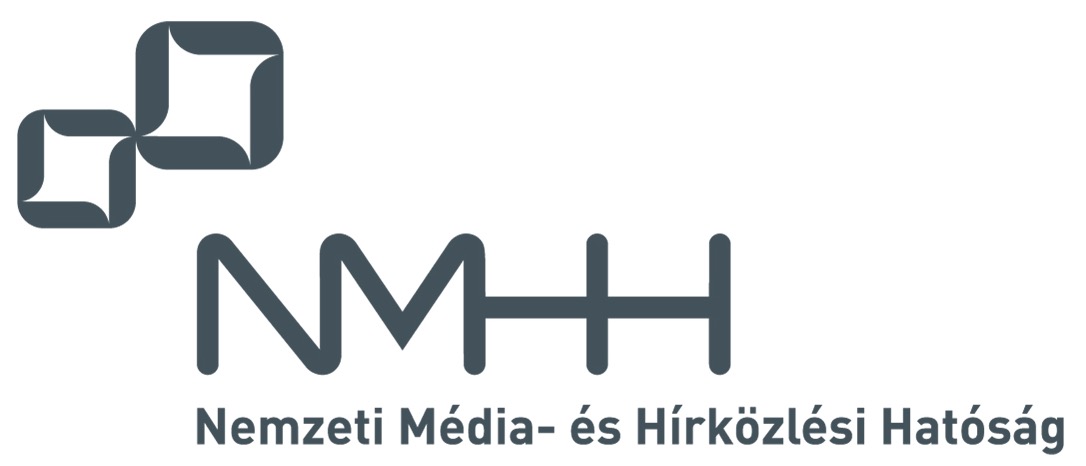2012. 1st issue
Full issue  (62 MB)
(62 MB)
PAPERS
P. Vámos
Algorithm for Spectral Shaping of Binary Data Streams 
By generalizing the accumulated charge concept, we introduce a new class of constraints, the generalized charge constraint to control the spectral properties of a binary sequence. The new constraint limits the level at the output of a digital filter, diminishing those spectral components of the channel sequence being enhanced by the filter. A suitable coder structure, a feedback controlled bit stuff encoder is suggested to implement the new constraint. We demonstrate the spectral shaping property of the new coder structure and derive an approximate formula for the spectrum of the output binary signal. We also show that the coder performs a sigma-delta-like operation and the method is capable of implementing spectral and run-length constraints simultaneously. As a demonstration, we present a few particular spectral characteristics shaped by different examples of loop filters.
Á.Horváth and K. Farkas
Techniques for Modeling Self-Organized Application Spreading 
While the number of mobile devices and applications increases considerably, application spreading by using direct communication between mobile devices has not got too much attention so far. However, exploiting the advantages of modern communication paradigms has even economic relevance. For instance, direct communication in ad hoc networks can be used to advertise and spread applications, which influences the number of purchases what application providers may want to estimate.
In this paper, we present two main techniques for modeling application spreading in this environment. First, we model the spreading process using Closed Queuing Networks, assuming a single type user behavior. Then, to capture different user behaviors, we show how to model application spreading by Stochastic Petri Nets. We define a basic Petri net model that we analyze using a mean field based methodology. Unfortunately, introducing more realistic user behaviors makes the analytical handling of the Petri net too complex, or even impossible. We show an example of this case extending the basic Petri net model with an additional, more realistic user behavior, and investigate this extended model via simulations. Moreover, we compare the investigation results of the different models and point out their relations.
E. S. Varga, B. Wiandt, B. K. Benkő and V. Simon
Autonomous Online Evolution of Communication Protocols 
In this paper we describe an approach for optimizing multi-hop broadcast protocols in ad-hoc mobile networks with an online, distributed machine intelligence solution. In our proposed framework not only runtime parameters of a predefined protocol are optimized, but the protocol logic itself also emerges dynamically. The model is based on genetic programming and natural selection: protocol candidates compete for being picked (natural selection), then survivors get combined with each other and/or mutated (genetic operators), forming the next generation of protocol instances. To achieve this we created (i) a genetic programming language to describe protocols, and (ii) defined a distributed, communication-wise non-intensive, stigmergic feed-forward evaluation and selection mechanism over protocol instances, and (iii) a budget based fair execution model for competing protocols.We show that the result of the online, autonomous protocol evolution outperforms traditional approaches, by adapting to the local situation, when used for multi-hop broadcast problem in ad-hoc mobile networks. Experiments confirmed 50% improvement with a random movement mobility pattern, and 66% improvement with a group based mobility pattern. The evolution also protected the system from the negative effects of initially present harmful protocols.
EUROPEAN RESEARCH
R. Saracco
Open Data: at the Crossroad of Technology, Business and Regulation 
The technological evolution in the last 20 years has steadily increased the amount of data in digital form, sensed from the environment, produced by private companies or collected from individuals' activities. Communications becoming more and more pervasive make these data available to any application, as if they were in a single database. The real value comes from information and services derived from data correlation, tailored to specific interest. We claim that the availability of a Living Open Data Framework enables the exploitation of data through services, created by many parties, in several contexts. However, data correlation is fraught with perils, from the obvious of privacy breaching to more subtle ownership and value protection. These issues are of fundamental importance and have to be addressed to create a viable business based on data and require advances in technology and in the regulatory framework. This is what is being pursued by the Italian EIT ICT Labs Trento Node through the cooperation of several parties, including the Autonomous Province of Trento, Telecom Italia, and several universities and SMEs. The paper aims at reporting the directions and the results so far obtained.




